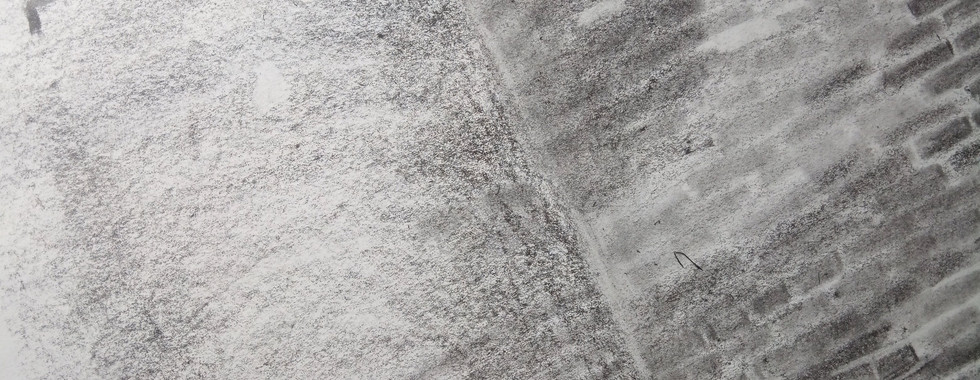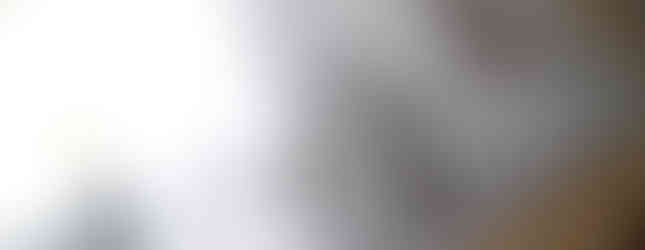While our time in lock down has postponed many opportunities that would bring us together, it certainly hasn't stunted creativity and one thing i'll give social media is that it has enabled us all to seek new ways of sharing and communicating a collective response to this situation. Times like this, throughout history, have inspired creativity in so many ways, from Savator Rosa's painting Human Frailty (c1656) (Fitzwilliam Museum, Cambridge) to Banksy's 'My Wife hates it when I work from home' (2020). However, whether you're an artist or not, no doubt you've had to fix something, you might have made yourself some form of face mask or you've improvised with ingredients to make a more exciting dinner... I guess what i'm trying to point out is that creativity is fundamental to our survival and as we rely more and more on screens as a window to the wider world, being stuck at home also provides a chance to observe what is right in front of us.

Like most printmakers, I am passionate about traditional image making processes but along with many local enterprises, my studio in Norwich - Print to the People - is currently closed. This means for now I can't use the etching equipment or my press. At home I have plenty to be getting on with and one of the first things I sorted was my art materials so that I could set up studio in the spare room. I managed to order some materials from Hawthorn Printmakers and Lawrence Art Supplies and on sunny days have sat outside drawing to get some ideas going. Some people have to be in the right mindset to draw and I often ask myself why? or what's the point in doing it? but if you make time for it, drawing is something that changes your perception of the space that you are in and for me becomes a meditative act helping me to feel focused and concious of where I am in that moment.
In these weeks I have started a new sketchbook, drawing random objects, houses nearby and the neighbour's washing! Some of these turned into a small series of lino prints which I had fun printing in different colour ways (see these prints and drawings on my instagram @lwhiteprints). However, having developed my contemporary practice during my masters over the last two years, I am determined to continue experimenting and researching new ideas and so decided to set myself a challenge that would prompt a return to my work as an artist (a term I was hoping to establish further in my first solo show that was due to take place next week at Studio20 in Norwich.)
This week I pulled out some A1 sheets of paper and with the urge to ease some lockdown frustration, started a gestural drawing based on my photograph of a tree near Cow Tower that houses bird and bug boxes (designed by artists, Jo Joelson and Bruce Gilchris as part of the Norfolk and Norwich Festival in 2011 to 'reflect local architecture and interact with nature'.)

Using a flat graphite stick and without over thinking I started making marks across the paper, immediately getting that satsifying feeling of making a fresh start on something new. Addmittedly I have never drawn on this scale before but once I got going I realised how similar my approach was to how I work the surface of an etching plate. I rarely plan out an image with a rough sketch first, but when referring to a photograph will take a moment to observe a starting point in order to get the composition right. Then I work quite sporadically from one area to the next, building up the drawing in layers and changing the direction of my hand to exagerate textures and tones.

If there's one thing I've learnt as an artist it is the importance of the tools you use (this applies to everything in life). I understand the frustration of when something just isn't working, but often it's because you don't have all the right tools laid out in front of you. It is good sometimes to work within limitations but my advice is to try not to just 'make do' - don't be afraid to restart, to change or even to remove!
In my latest print work I have started to experiment with reworking plates by etching, scraping and burnishing the metal surface, allowing for lines and textures to build up gradually in layers. As I worked on these drawings I adopted almost the same process and though creating 2D drawings on paper I realised that my approach was more like a sculptor, moulding the image out of the flat surface using various tools.

Working from a photograph has its own limitations, I prefer drawing from direct observation because it doesn't matter so much if you don't quite get things in the right place - it's as you saw it at that moment in time. However, film photography now plays a large part in my practice in that it forces me to be selective of the image I have stopped to capture. I used to struggle to justify using photographs as a starting point because it makes the subject of the image static but I find it interesting, when looking through my own photographs, that it's more a case of again being selective of which image will work for different projects. Some photographs are photographs in their own right.
I completed the drawing of the tree in one day, perhaps because I am more familiar with depicting trees in previous work. However, this second drawing of Cow Tower ended up taking me 3 full days to complete. Out of my photos I selected 3 that might work as a series, planning to do one a day as a challenge, however, I realised this involved the mudane task of drawing many bricks and I almost changed my mind. This is when I changed tac, using the tools to 'sculpt' rather than draw. I also realised that my eagerness to make something quick and gestural didn't apply with this one and that it was worth taking my time over.
I am drawn to works of art that reveal the artist's hand, those that, when you look closely, you can see the direction of tools, the build up of layers and even the careful coverups. With your nose a few inchs away, you realise that the artist themself has scrutinised this small section of the work, they've been this close too. The surface of an artwork reveals process, material and also structure but it is not until you step back that the image is revealed. This is why looking at an artwork in person is so important, and also why a reproduction on a screen takes all this away.

Thanks for reading
lwhiteprints












Kommentare